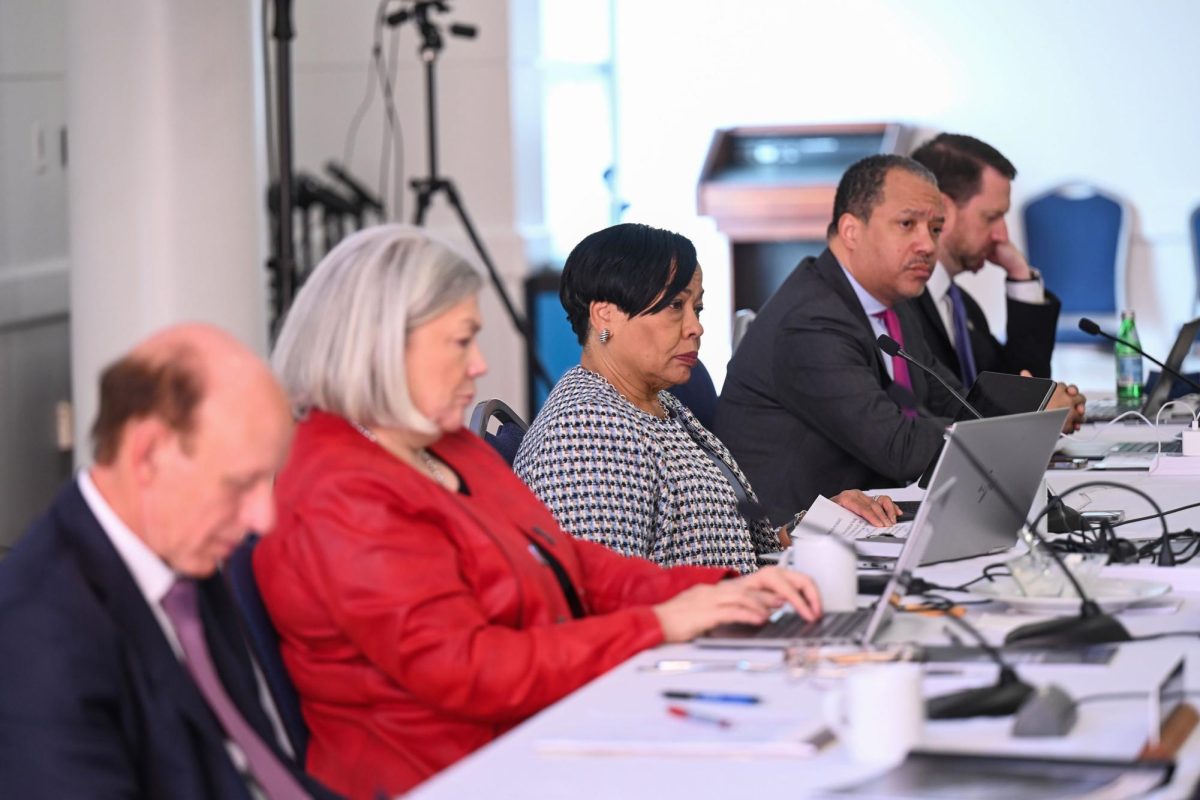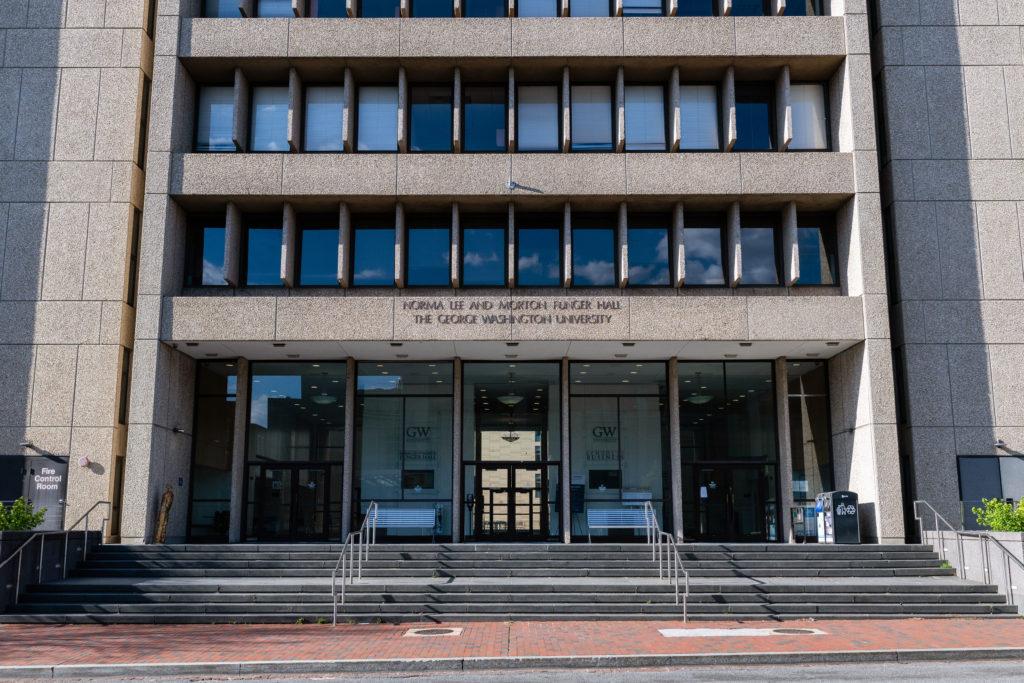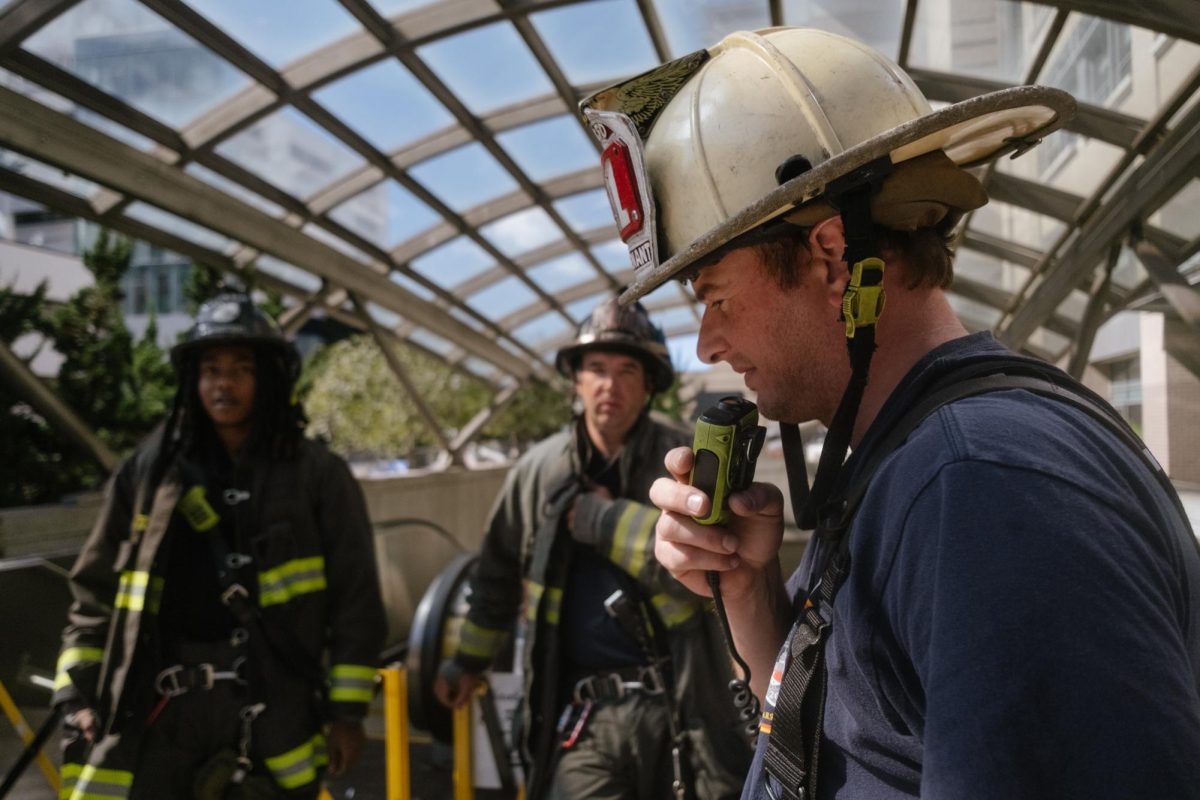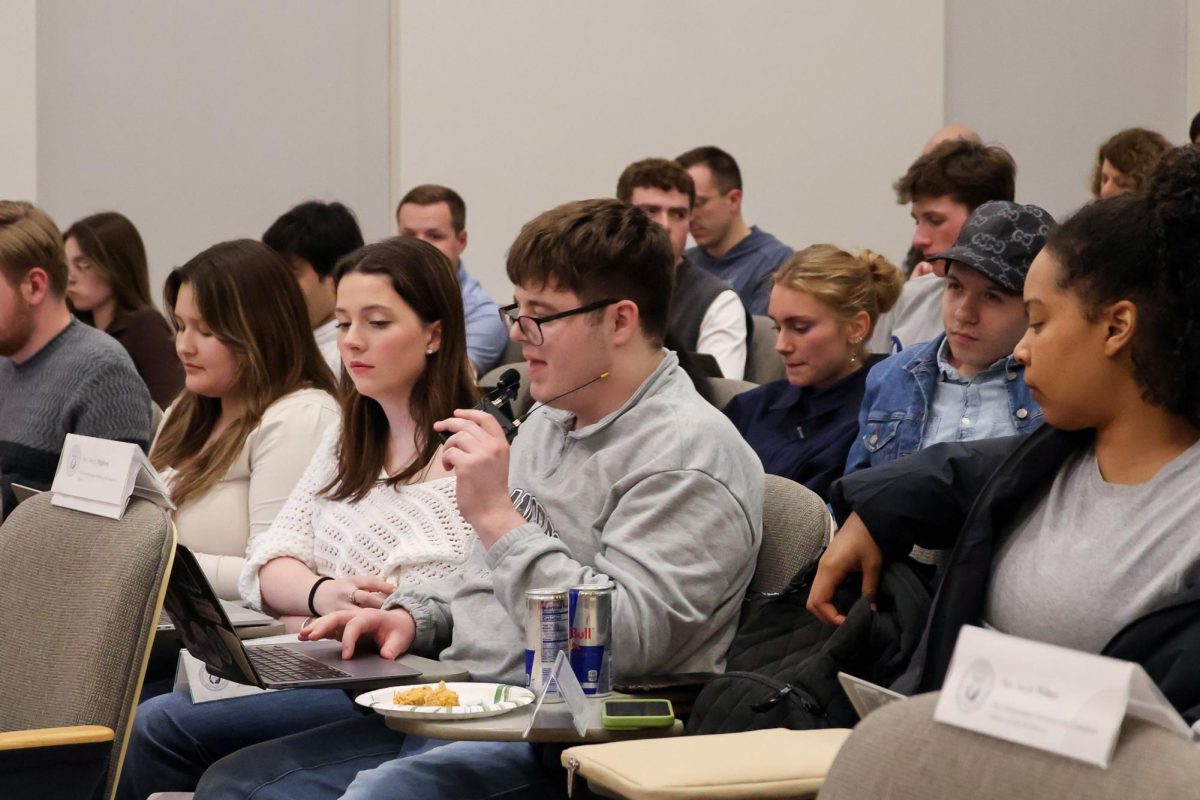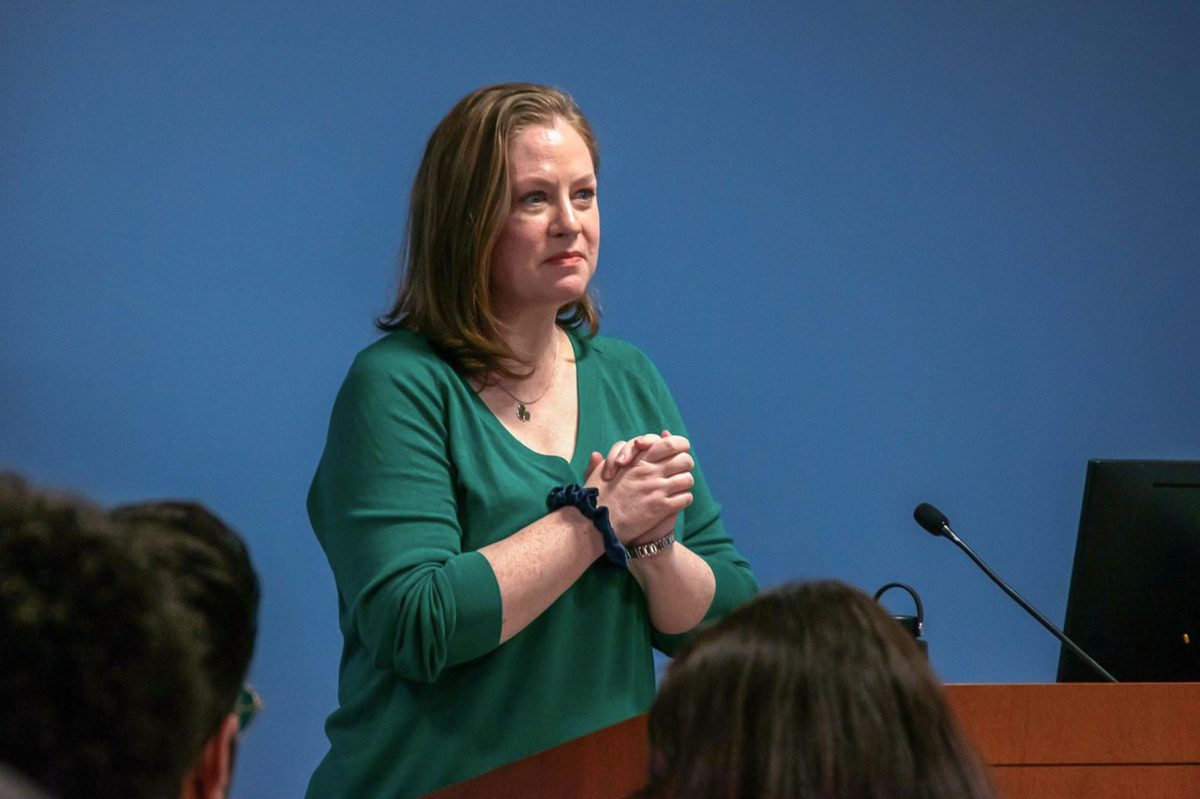Students will take most courses online this fall, marking a sharp reversal from extensive planning and University-wide initiatives to reopen campus next month.
Officials said all undergraduate courses with “limited exceptions” will be held remotely for the entire fall semester following a sharp rise in coronavirus cases across the U.S. in recent weeks and upwards of 40 percent of faculty opting out of in-person instruction. University President Thomas LeBlanc, Chief Financial Officer Mark Diaz, Provost Brian Blake and Vice President for Student Affairs Cissy Petty said in a release that “Foggy Bottom” undergraduates who do not return to campus will also receive a 10 percent discount on fall tuition.
“We know just how much many of you were looking forward to being on campus this fall, and we understand that this news is disappointing,” officials said in the release. “However, we must always make the decisions that best support the health, safety and care of our community while fulfilling our core academic mission. While this has been an extraordinarily hard choice, we believe it is the best path forward for GW.”
On-campus housing will only be available to a “limited” number of students who have “extenuating” personal or academic circumstances. An application and additional information about undergraduate programs with “limited” in-person components will be available soon, officials said.
“Residential students will attend courses online and will be expected to comply with public health and safety measures including social distancing, mask wearing and regular testing for COVID-19,” officials said in the release.
Most graduate programs will also be delivered online with limited discipline-specific courses held in person.
Board of Trustees Chair Grace Speights said in May that tuition would remain unchanged if classes remain online this fall, but officials said they decided to reduce fall tuition by 10 percent – equivalent to $2,927.50 – in recognition of the “unprecedented financial dislocation” for many GW community members.
“GW is proud of the robust resources and services it has provided and will continue to provide to students online,” officials said. “We recognize, however, that many undergraduate students will not have access to certain in-person resources they would have had as residential students.”
Administrators will also hold several virtual forums for community members in the coming weeks and will staff a live-answer information line for anyone with questions, the release states.
“It will be hard to still not be together on campus come fall,” officials said. “But as we continue to manage these and future challenges, we remain committed to delivering the world-class GW experience that our students and all members of our community expect and deserve.”
Officials had aimed to resume in-person classes in August with strict mitigation efforts, like COVID-19 testing, contact tracing and a designated quarantine facility. Administrators sought the District’s approval of GW’s reopening plans by early July but had yet to publicly announce the plan’s approval with students’ move-in less than four weeks away.
In recent days, some GW community members began pressuring officials to move classes online.
Nearly 40 percent of faculty had opted out of teaching in person as of last week.
At a Faculty Senate meeting in July, LeBlanc said officials were “reconsidering” the reopening plan on a “daily basis.”
Mayor Muriel Bowser announced Friday that students traveling from high-risk areas, which currently includes 27 states, would be required to quarantine for two weeks, effectively preventing many students planning to return to campus from starting classes in person on Aug. 31.
The Student Association, Faculty Association and six student organizations called on officials Thursday to move instruction online for the fall semester.
“The only option that preserves the safety of students, staff and faculty is to close down as many on-campus buildings as possible and to limit movement to slow the spread of COVID-19,” the groups said in a statement. “Switching to virtual learning for the fall semester is not only the right thing to do but is also essential to place less stress on GW and D.C.’s institutions.”





